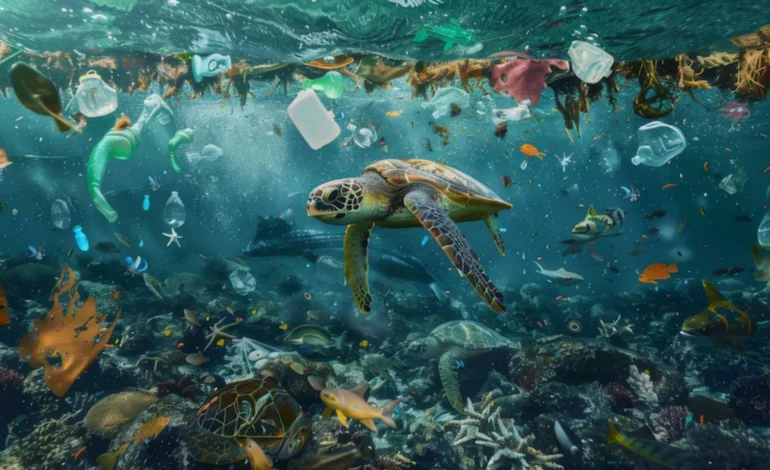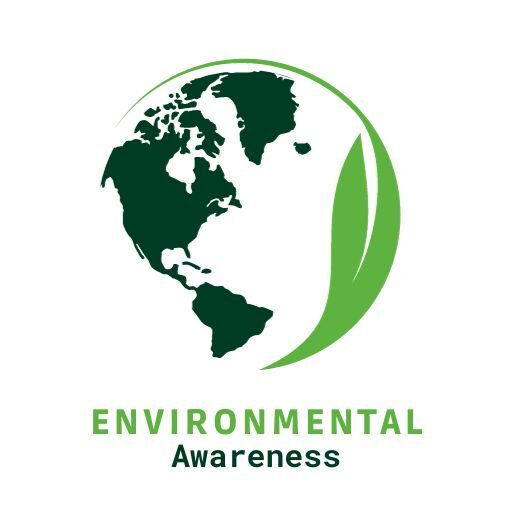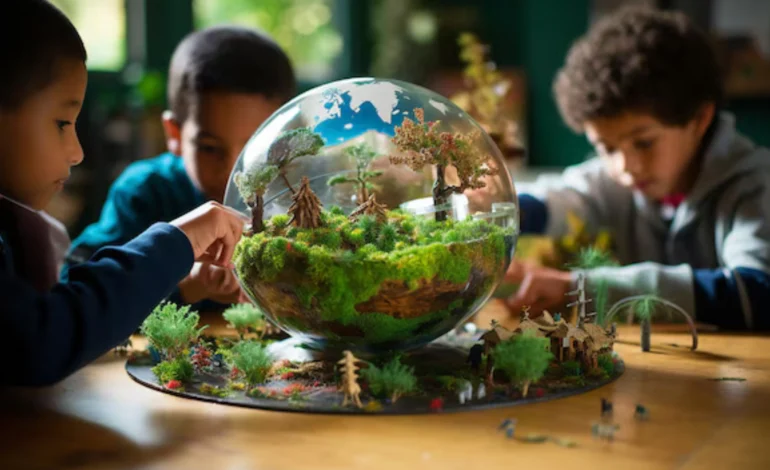
Protecting Marine Biodiversity: Strategies for Preserving Ocean Ecosystems
The ocean, covering over 70% of the Earth’s surface, is home to a vast variety of life forms that contribute to the planet’s biodiversity. Marine ecosystems provide essential services, including food, oxygen, climate regulation, and livelihoods for billions of people. However, these ecosystems are under severe threat due to human activities. Protecting marine biodiversity is crucial for maintaining the health of our planet. This blog explores the strategies for preserving ocean ecosystems, highlighting the importance of marine biodiversity, the threats it faces, and effective measures to safeguard it.
The Importance of Marine Biodiversity
The range of life forms seen in ocean habitats, ranging from tiny plankton to massive whales, is referred to as marine biodiversity. This variety is essential for a number of reasons:
- Ecological Balance: Every species contributes to keeping maritime ecosystems in balance. The food web is maintained by the cooperation of predators, prey, and decomposers.
- Climate Regulation: The oceans control world temperatures by absorbing carbon dioxide. Phytoplankton and other marine plants are major contributors to the creation of oxygen.
- Economic Value: The world economy benefits billions from marine biodiversity, which is essential to fisheries, tourism, and pharmaceuticals.
- Cultural Significance: The ocean is integral to the spiritual traditions, cuisine, and transportation of many cultures.
Threats to Marine Biodiversity
Despite its significance, human activity is posing enormous challenges to marine biodiversity:
- Overfishing: Fish populations are being reduced and habitats like seagrass beds and coral reefs are being destroyed as a result of unsustainable fishing methods.
- Pollution: Chemical pollutants, oil spills, and plastic trash damage ecosystems and marine life.
- Climate Change: The distribution and breeding patterns of species are impacted by the disruption of marine ecosystems caused by rising sea temperatures, ocean acidity, and sea level rise.
- Habitat Destruction: Vital habitats including mangroves, coral reefs, and estuaries are destroyed by dredging, mining, and coastal development.
- Invasive Species: via outcompeting and displacing native species, non-native species introduced via ballast water or other methods can upset ecosystems.
Strategies for Preserving Marine Biodiversity
A combination of legislative actions, conservation initiatives, and community involvement is needed to maintain marine biodiversity. Here are a few successful tactics:
1. Establishing Marine Protected Areas (MPAs)
Designated areas where human activities are restricted to preserve marine species and habitats are known as Marine Protected Areas or MPAs. MPAs are useful for:
Preserve Critical Habitats: Marine Protected Areas (MPAs) safeguard essential ecosystems like coral reefs and mangroves by prohibiting activities like fishing and drilling.
- Enhance Biodiversity: By giving species safe havens to mate, eat, and thrive, MPAs contribute to an increase in biodiversity overall.
- Support Fisheries: Via the spillover effect, healthy marine habitats inside MPAs can improve fish stocks in nearby locations.
Example: The Great Barrier Reef Marine Park in Australia is one of the world’s largest and most well-known MPAs, protecting marine diversity at a large scale.
2. Sustainable Fishing Practices
To stop overfishing and save marine life, sustainable fishing methods must be used:
- Catch Limits: Fish populations are protected from overexploitation by establishing quotas for fish catches.
- Bycatch Reduction: Reducing the amount of non-target species captured by using selective fishing gear and procedures.
- Protected Species: Putting in place safeguards for threatened or endangered species, including turtle excluders in trawl nets.
For instance, the Marine Stewardship Council (MSC) accreditation guarantees that seafood products originate from responsibly managed fisheries and encourages sustainable fishing methods.
3. Reducing Pollution
Protecting marine ecosystems requires addressing pollution:
- Plastic Reduction: Policies that encourage recycling and limit single-use plastics can greatly reduce the amount of plastic pollution that ends up in the ocean.
- Waste Management: Pollutants are kept out of maritime habitats by upgrading waste management facilities.
- Oil Spill Response: Reducing environmental harm from oil spills requires the development of quick reaction plans.
For instance, the Ocean Cleanup project uses cutting-edge techniques and technology to collect plastic debris from the oceans.
4. Climate Change Mitigation
Combating climate change is critical for the health of marine ecosystems:
Marine ecosystem health depends on addressing climate change:
- Carbon Emission Reduction: Oceanic effects of climate change can be lessened by reducing greenhouse gas emissions through the deployment of carbon capture technologies, energy efficiency measures, and renewable energy sources.
- Blue Carbon: Coastal ecosystems, like mangroves and seagrass beds, have a greater capacity to sequester carbon when they are preserved and restored.
- Climate resilience: creating plans, such as assisted migration and coral reef restoration, to help marine animals and ecosystems adjust to changing environmental circumstances.
For instance, the 2015 Paris Agreement contains measures to safeguard marine and coastal ecosystems in addition to its goal of limiting the rise in global temperatures.
5. Habitat Restoration
Preserving marine biodiversity requires the restoration of degraded maritime habitats:
Coral Reef Restoration: Methods like artificial reefs and coral gardening aid in the recovery of harmed coral ecosystems.
Mangrove Reforestation: Planting mangroves sequesters carbon, stabilizes coasts, and offers a home for marine life.
Seagrass Restoration: Fisheries are supported, habitat is provided, and water quality is improved by restoring seagrass beds.
For instance, the Coral Restoration Foundation in the Florida Keys uses transplanting and propagation of coral to help rebuild coral reefs.
6. Combating Invasive Species
Protecting native marine biodiversity requires controlling invasive species:
- Ballast Water Management: By treating ballast water, invasive species are prevented from spreading.
- Early Detection: Invasive species are identified and managed before they get established with the aid of monitoring and early detection programs.
- Eradication Programs: Invasive species are eliminated from impacted areas by focused eradication operations.
For instance, the United States Green Crab elimination program aims to manage and eliminate the invasive European green crab, which poses a threat to local species and environments.
7. Research and Monitoring
Effective conservation and well-informed decision-making depend heavily on scientific monitoring and research:
- Marine Research: Gathering information on marine habitats, species, and human influences is crucial for developing conservation plans.
- Citizen Science: By involving the public in data collection and monitoring initiatives, we can increase public awareness of and support for marine conservation.
- Technology Integration: Research and conservation efforts are improved by utilizing cutting-edge technologies like genetic analysis and satellite surveillance.
As an illustration, the Global Ocean Observing System (GOOS) offers thorough data on ocean conditions to aid in the creation of policies and research.
8. International Cooperation
Global cooperation and agreements are necessary for the conservation of marine biodiversity:
- International Agreements: Frameworks for protecting marine biodiversity are established by treaties and conventions like the United Nations Convention on the Law of the Sea (UNCLOS) and the Convention on Biological Diversity (CBD).
- Transboundary Cooperation: Effective conservation requires cross-border cooperation to manage shared marine resources and ecosystems.
- Capacity Building: By giving poor nations financial and technical assistance, they can better preserve marine biodiversity.
As an illustration, the High Seas Alliance seeks to advance global collaboration for protecting marine biodiversity in regions outside of state borders.
9. Community Engagement and Education
Raising awareness and involving local populations are essential for sustainable marine conservation:
- Community Involvement: Encouraging local communities to take part in conservation initiatives guarantees that the tactics are successful and suitable for the local culture.
- Education Programs: Spreading knowledge among the general public about the value of marine biodiversity and conservation encourages a sense of accountability and stewardship.
- Sustainable Livelihoods: Encouraging ecotourism and sustainable fishing are two examples of sustainable livelihoods that promote conservation and benefit local populations.
As an illustration, the Pacific region’s Locally Managed Marine Area (LMMA) network combines traditional knowledge with cutting-edge conservation techniques to engage communities in the management of marine resources.
Conclusion
For the sake of our planet’s health and the welfare of future generations, marine biodiversity protection is imperative. We can protect the rich diversity of life in our oceans by putting a number of strategies for preserving ocean ecosystems into practice, such as creating marine protected areas, encouraging sustainable fishing methods, lowering pollution, reducing the effects of climate change, restoring habitats, managing invasive species, conducting research, fostering international cooperation, and involving local communities. It is a global duty requiring the dedication and effort of all governments, communities, organizations, and individuals. By working together, we can maintain the sustainability and resilience of marine ecosystems, protecting their priceless benefits to both the planet and humankind.





